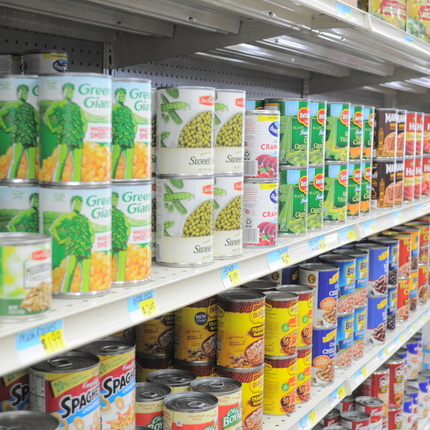By Johnathan Hladik, former policy director. Published in the Omaha World-Herald on Nov. 14, 2021
The Supplemental Nutrition Assistance Program, or SNAP, provides nutrition assistance payments to one in every eight Americans each month. Formerly known as food stamps, we often misunderstand the program to favor urban residents. The facts state otherwise.
According to the American Community Survey, approximately 16% of rural households use SNAP benefits. In comparison, only 13% of metro households do the same. In these rural households, the large majority of benefits allocated are assisting vulnerable populations, including children, seniors and people with disabilities.
For small-town and rural grocery stores, SNAP dollars help keep the doors open and, in doing so, support what may be the only place to buy fresh food for miles. Having the benefit also allows rural households to use the money they would normally spend on food for other goods and services on Main Street, helping keep those community assets open for all residents.
However, the benefits do not end there. A recent study by the U.S. Department of Agriculture’s Economic Research Service shows that the program also provides a significant boost to the overall rural economy. Researchers examined the household expenses of SNAP recipients between 2009 and 2014 to learn more about how this spending affected local employment, income and more.
They found that SNAP benefits increase overall economic output by 1.25% in rural areas, compared with 0.53% in urban areas. By circulating in the local economy, that output helps increase household income. Benefit spending helped grow rural household income by 0.68%, far higher than the 0.28% growth seen in urban areas.
When it comes to jobs, SNAP spending added 1.18% more jobs in non-metropolitan areas, compared with just 0.5% in metro areas. This sustains 279,000 rural jobs every year.
Even payments targeting urban households end up benefiting the rural economy. The $59.3 billion paid to urban households each year generates an estimated $30 billion in output by industries based in rural areas. In percentage terms, urban SNAP spending accounted for 61.3% of the total impact of SNAP on rural economic output.
In all, SNAP benefits boosted spending and jobs at twice the rate in rural areas.
The reason for this is simple: Recipients can use assistance only for food-at-home items, and the farm and food-processing sectors play an outsized role in the rural economy. These two sectors account for more than 14% of the total rural economic output generated by SNAP benefits. Our rural communities benefit when Americans spend on food.
The SNAP program also serves as an automatic stabilizer. Benefits become available when household income falls below a threshold, helping recipients navigate a natural disaster, prolonged illness, loss of job or down economy. Assistance ends when no longer needed.
Just as the program helps provide household stability during times of struggle, it provides a similar function for the overall rural economy. In the study, analysts showed that rural farm output would have fallen by 2.5% during the Great Recession if not for these benefits. Food processing output would have fallen even more, by up to 2.7%.
While effective, supplemental food assistance is not a panacea. Meaningful safeguards must be in place to ensure this safety net operates as intended. As decision makers continue to seek a balance between temporary support and personal responsibility, this report shows that the value of increased rural economic output deserves more consideration.





